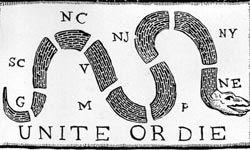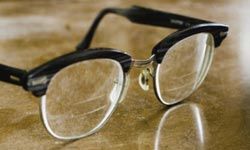
Between running a print shop, engineering the U.S. postal system, starting America's first lending library and helping sow the seeds of the American Revolution, Ben Franklin also found time to draw up a vast collection of new devices. To this day, the Franklin Institute in Philadelphia, Pennsylvania, stands as an inspiration to curious minds and a tribute to clever innovations.
Franklin saw his inventions as gifts to the public and never patented a single one. "As we enjoy great advantages from the inventions of others, we should be glad of an opportunity to serve others by any invention of ours; and this we should do freely and generously," he wrote in his autobiography. So, what did Benjamin Franklin invent?
Advertisement
Franklin's inventions are all models of practicality. It's one thing for a team of engineers to design the Segway, but quite another for an elderly, 18th-century man to think of throwing a set of stairs on a library chair. Most of the items in this list likely had fellow colonists slapping their foreheads and exclaiming, "Why didn't I think of that?"




